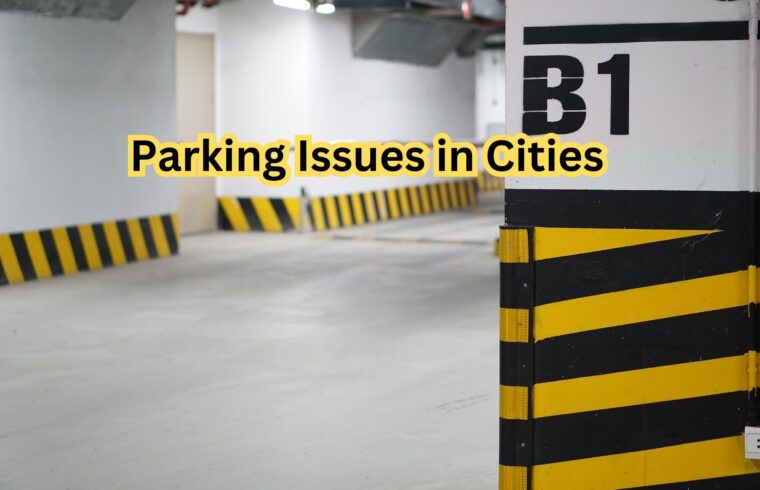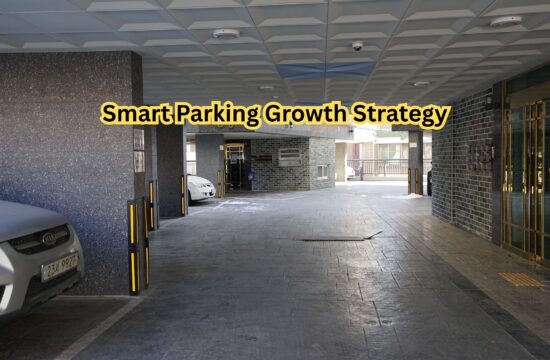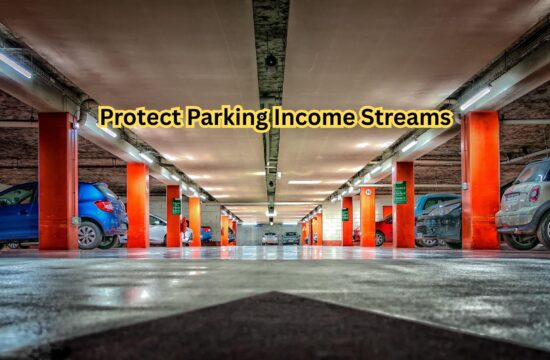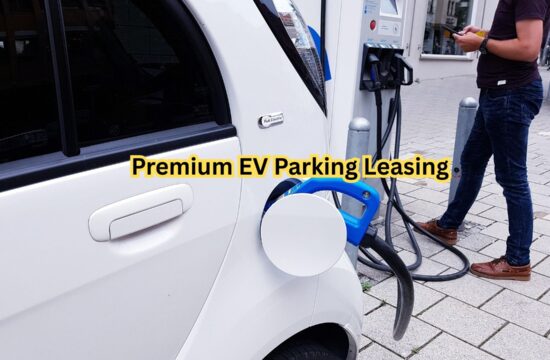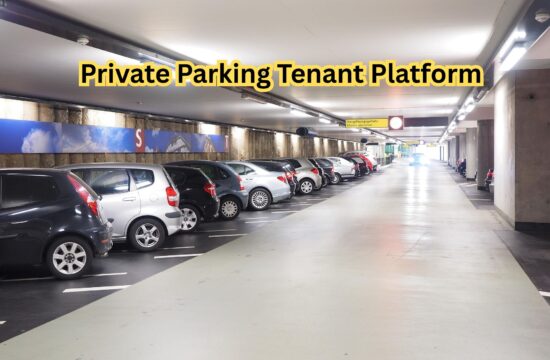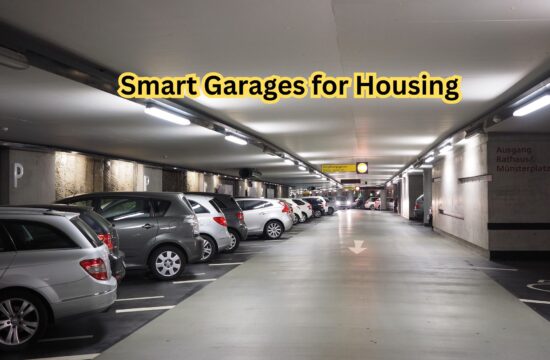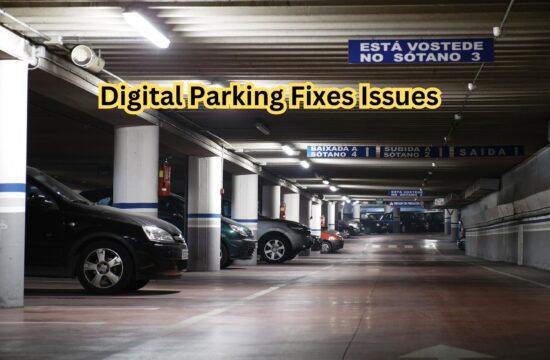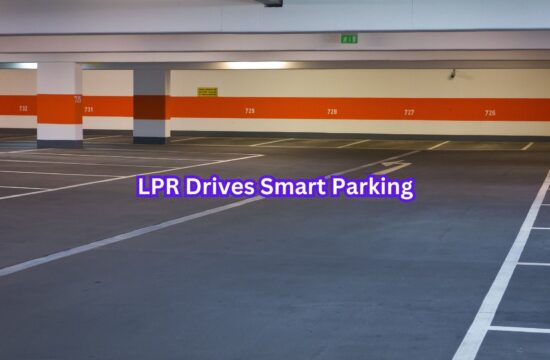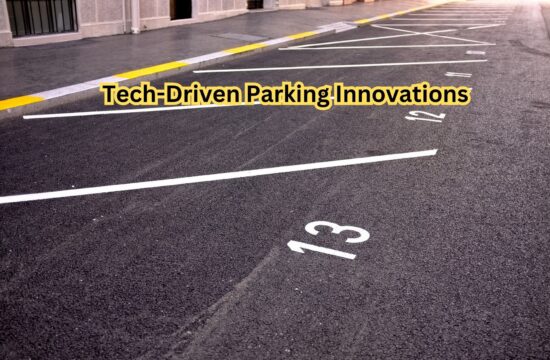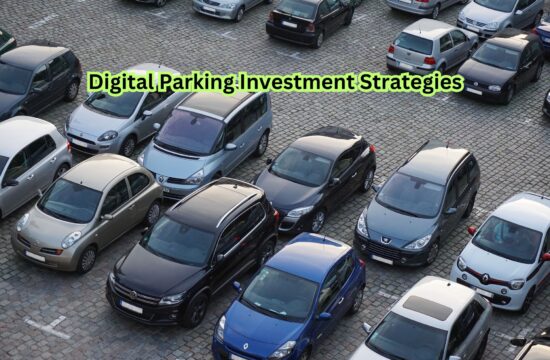Parking Issues in Cities have become a significant challenge for people, planners, and legislators as urban populations grow. Parking Issues in Cities arise from inadequate space and poor management, leading to social, environmental, and economic problems beyond inconvenience. Addressing Parking Issues in Cities is crucial for improving urban living and ensuring sustainable development in increasingly congested areas.
Causes of Parking Problems in Cities
Population increase is fueled by urbanization, which also raises the demand for cars and parking in urban areas. Inadequate parking in commercial, industrial, and residential areas is frequently the result of poor urban design. The increase in private automobile ownership and the lack of public transit worsen the problem. Dense cities prioritize land for housing or businesses, leaving little room for parking alternatives.
Impacts of Parking Issues
As vehicles spend more time looking for parking, traffic congestion increases and fuel usage rises. Circling to find parking harms the environment by increasing greenhouse gas emissions and air pollution. Parking shortages result in increased costs and penalties, which further strain finances. Businesses face a decline in consumers, and people experience social stress, road rage, and frustration, which lower the general quality of urban life.
Solutions to Urban Parking Problems
Smart parking systems, like real-time apps and sensor-based meters, improve parking efficiency. Promoting public transport and shared mobility options, such as car-sharing and bike-sharing, reduces reliance on private cars. Better urban planning supports walkable neighborhoods and mixed-use developments. Dynamic pricing encourages parking in less congested areas, while park-and-ride facilities ease city-center congestion by integrating public transit.
Conclusion
Addressing city parking problems requires a multifaceted approach. Combining technology, improving public transportation, designing sustainable urban spaces, and encouraging behavioral changes can create more livable urban environments. Even while problems still exist, proactive steps can guarantee that cities continue to be efficient, accessible, and ecologically sustainable for coming generations.

